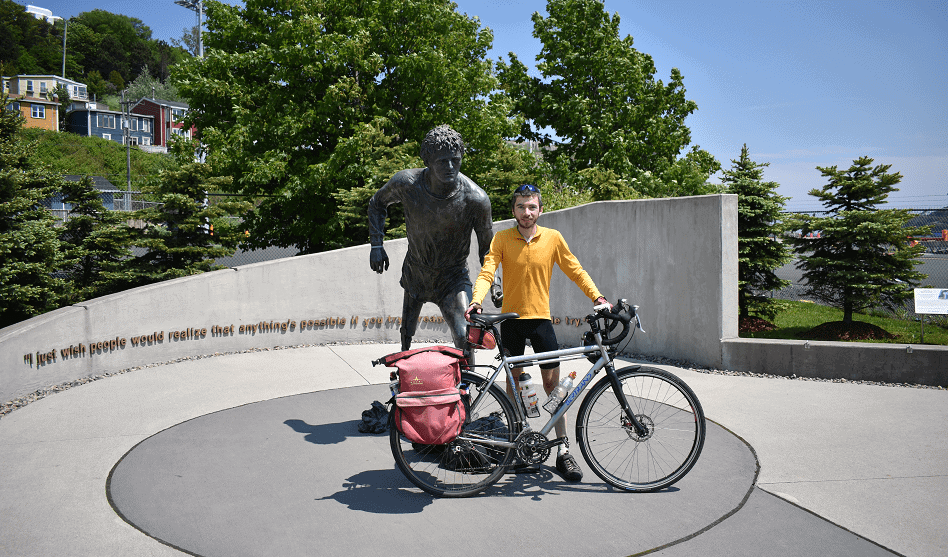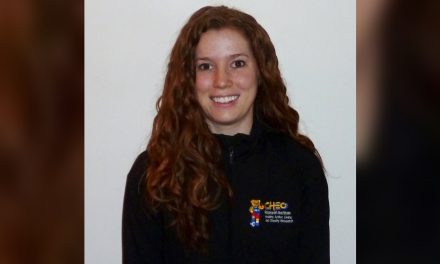Congratulations to HALO Affiliate Investigator Dr. Richard Larouche and HALO Senior Scientist Dr. Mark Tremblay on their contributions to a paper titled “Associations Between School Environments, Policies and Practices and Children’s Physical Activity and Active Transportation” just published in the Journal of School Health. Citation details and a summary of the paper are below.
Blanchette, S., Larouche, R., Tremblay, M.S., Faulkner, G., Riazi, N.A. and Trudeau, F. (2022), Associations Between School Environments, Policies and Practices and Children’s Physical Activity and Active Transportation. J School Health, 92: 31-41. https://doi.org/10.1111/josh.13102
BACKGROUND
There is evidence of school-level variability in children’s active behaviors. This study investigated the associations between school environments, policies and practices, and children’s physical activity (PA) and active school transportation (AST), in a school ecology context.METHODS
We recruited children (N = 1699, age = 10.2 ± 1.0 years, 55.0% girls) in 37 schools from 3 diverse regions of Canada. We then collected data using questionnaires (child, parent) and pedometers. In each school, an official completed a School Health Environment Survey. Multilevel regression models were used to examine associations with children’s daily steps, and frequency and volume (frequency*distance) of AST.RESULTS
Between-school variation ranged from 4.7% to 22.2% demonstrating that school environments are associated with children’s active behaviors. None of the school environment variables were significantly associated with children’s PA or frequency of AST. Nevertheless, their inclusion improved the PA model. Children’s volume of AST increased in schools that reported more initiatives to promote AST.CONCLUSIONS
Our findings suggest that multiple components are needed to effectively promote active behaviors in children. Schools should determine the areas in which they can improve and assess the feasibility of implementing measures to make their school environments, policies, and practices more conducive to PA and AST.
The full paper can be found here.




